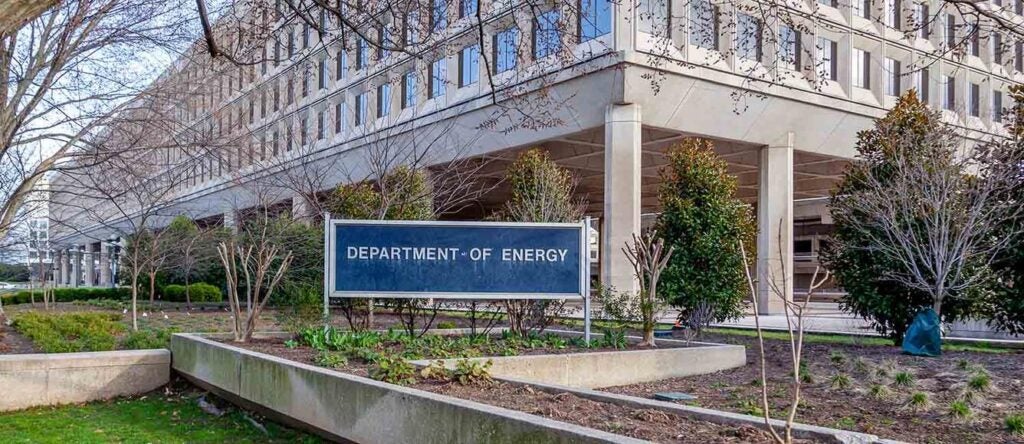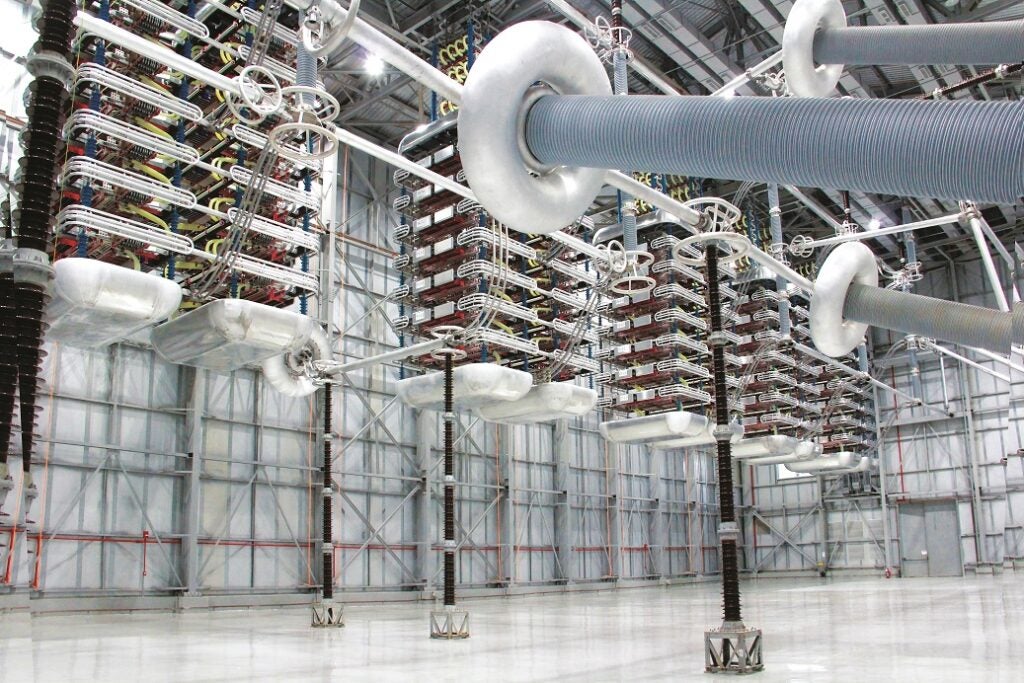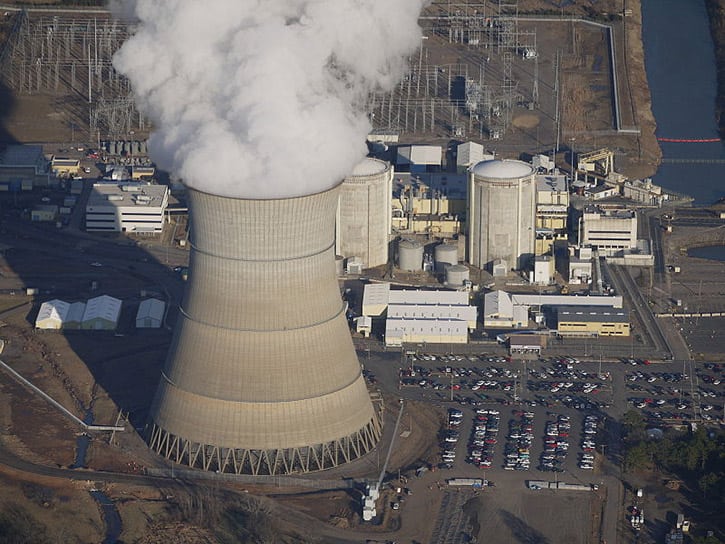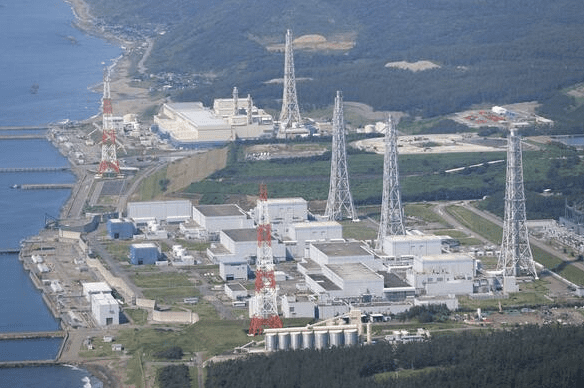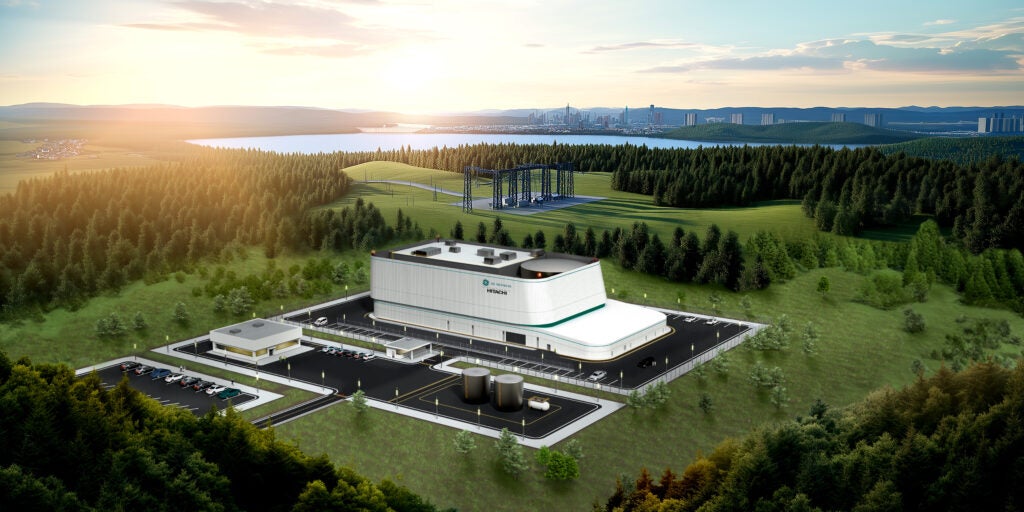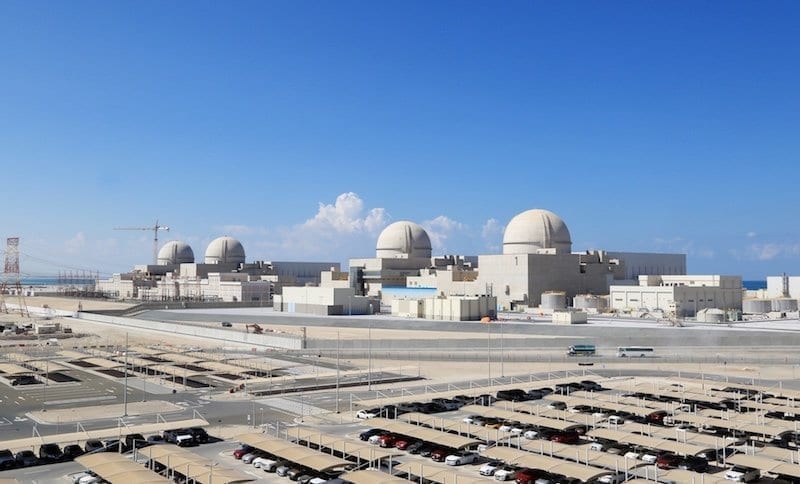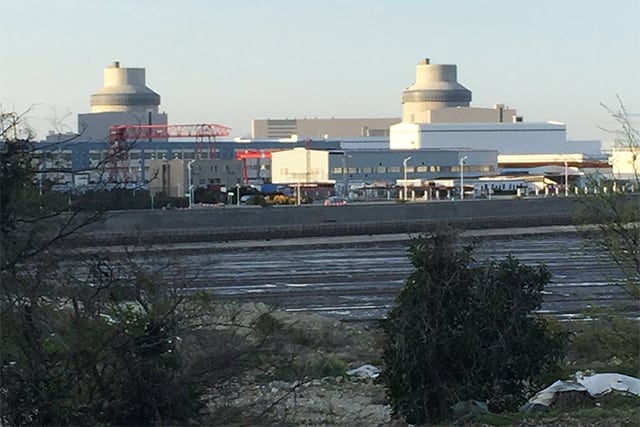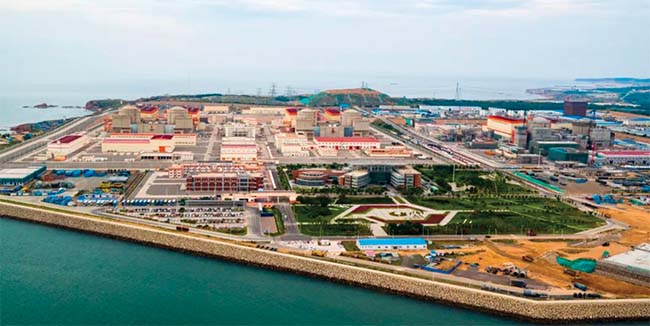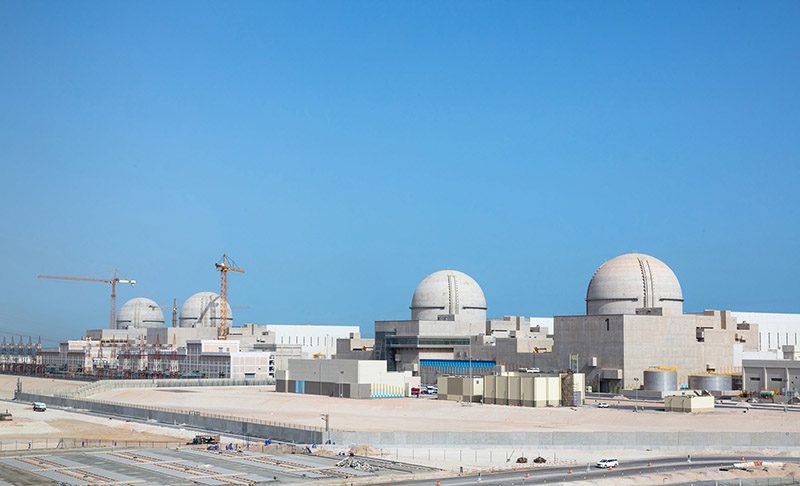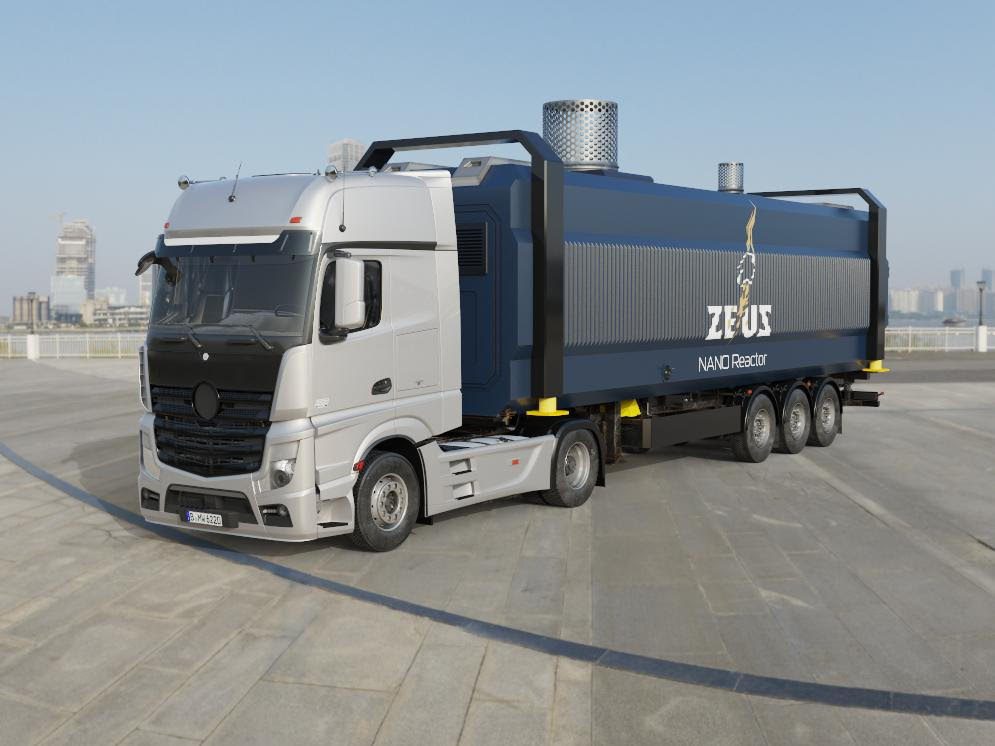The carbon-free attributes and consistently high fleet performance have led to increasing momentum behind nuclear power. With ambitious plans to triple global nuclear capacity by 2050, the nuclear industry is poised for expansion, supported by new policies and partnerships across various sectors.
Each year, World Nuclear Association, the organization advocating for nuclear energy and representing the global nuclear industry, publishes the World Nuclear Performance Report and hosts the World Nuclear Symposium. Both are cornerstones for those inside and outside of the nuclear sector serving as a platform to provide authoritative information, and connect thought-leaders and decision-makers.
World Nuclear Performance Report
World Nuclear Performance Report showed an increase in global nuclear electricity generation (Figure 1) and average capacity factors for 2023, highlighting the continuation of excellent performance of the global nuclear reactor fleet. A variety of lifetime operation extensions, uprates, and restarts are included within the case studies of the 2024 report. Key highlights include:
- ■ Global nuclear electricity generation rose to 2,602 TWh in 2023, up from 2,544 TWh in 2022, providing 9% of the world’s electricity—second only to hydropower among clean energy sources.
- ■ The global capacity factor reached 81.5% in 2023, up 1% from 2022, reflecting the consistent strong performance over the past 20 years. Reactor performance remains high regardless of age.
- ■ In 2023, nuclear reactors helped avoid 2.1 billion tonnes of carbon dioxide emissions from equivalent coal generation—that’s more than the annual emissions of almost every individual country, with only China, the U.S., and India having higher national CO2 emissions.
- ■ 64 reactors in 15 countries are currently under construction, while more than 20 new entrant countries, such as Ghana, Poland, and the Philippines, are at various stages of developing policies to enable construction of their first nuclear plants.
The report also includes data about new grid connections and construction starts. Highlights from that section include:
- ■ In 2023, five reactors were connected to the grid for the first time across a diverse set of countries: one each in China, Slovakia, the U.S., Belarus, and South Korea. Meanwhile, construction starts were mostly confined to China, with five of six new construction starts in 2023 breaking ground there, while work began in Egypt on one unit.
- ■ In Asia, there has been a sustained and significant increase in nuclear generation over the last decade. Of the total 64 reactors under construction today, more than two-thirds are in Asia, with 30 reactors under construction in China alone.
- ■ Eastern Europe and Russia are second to Asia in terms of the number of units under construction. Notably, Africa is ahead of North and South America, as well as Western and Central Europe, in terms of the share of reactors under construction, due to the El Dabaa project in Egypt.
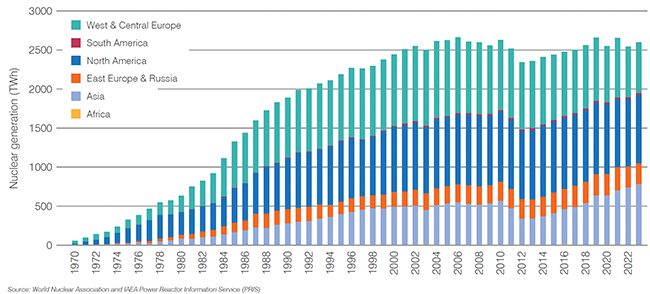 |
|
1. Nuclear reactors generated a total of 2,602 TWh of electricity in 2023, up 58 TWh from 2022. A key contributor to the uptick was a 42 TWh increase in generation in France, recovering about half of the reduction it saw due to extended outages in 2022. Courtesy: World Nuclear Association |
With five reactors starting up and five closing, global nuclear capacity was down by 1 GW compared to the previous year, reflecting minimal change in global capacity over the last five years. The increase in generation, despite a drop in capacity, highlights the excellent performance and value delivered by nuclear energy to the grid.
Dr. Sama Bilbao y León, director general of World Nuclear Association, commenting on the report and looking ahead, said: “The global nuclear industry is set for a period of major expansion. At COP 28 [the United Nations Climate Change Conference], 25 countries signed the declaration to triple global nuclear capacity by 2050. Excitingly, there are new reactors coming online and plans for new construction in a diverse range of countries. Collaboration and competition in the industry will deliver many new projects over the coming years. Our Performance Report indicates that reactors built now will produce dependable, carbon-free energy for decades and decades.”
World Nuclear Symposium
World Nuclear Association welcomed record attendance of more than 800 delegates to its 2024 Symposium, hosted at the Park Plaza Hotel in London, UK, Sept. 4–6, 2024. The Symposium is the premier event for bringing together the nuclear industry from across the globe, addressing developments in nuclear fuel and supply chains, as well as high-level policy (Figure 2) in emerging markets, finance, and for end energy users, as the role of nuclear energy in meeting the world’s decarbonization goals expands.
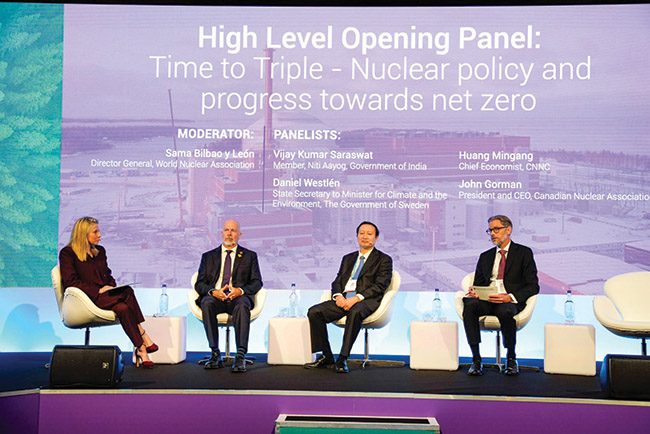 |
|
2. Dr. Sama Bilbao y León, Director General, World Nuclear Association; John Gorman, President and CEO, Canadian Nuclear Association; Huang Mingang, Chief Economist, China National Nuclear Corp. (CNNC); and Daniel Westlén, State Secretary to Minister for Climate and the Environment, The Government of Sweden, participated in a high-level opening panel focused on nuclear policy and progress toward net zero at the 2024 World Nuclear Symposium in London, UK. Courtesy: World Nuclear Association |
This year saw a growing number of delegates from outside the nuclear industry. Many of those attending were curious and engaged, seriously considering nuclear for its benefits—clean, reliable, secure, affordable energy, as well as socio-economic development, jobs, and the potential to decarbonise the entire economy. The nuclear sector has known this potential for years, but now other sectors are seeing it too.
Leaders from organizations including BlackRock, Microsoft, Samsung C&T, Shell Global, Urenco, and Westinghouse spoke in the programme around the theme “Turning Momentum into Energy.” The theme highlighted the positive developments being seen for nuclear in the policy space, as well as in aspirations, commitments, and the growing number of countries and other industries interested in what nuclear can do for them. The momentum behind nuclear is significant and growing. The Symposium also offered an opportunity for members of World Nuclear Association to showcase high-profile announcements, such as:
- ■ Emirates Nuclear Energy Corp. confirming that the United Arab Emirates’ (UAE’s) Barakah Unit 4 had entered commercial operation (Figure 3), thus completing its building programme. The full-fleet operations will enable the generation of up to 25% of the UAE’s electricity demand.
- ■ Orano announcing the selection of Oak Ridge, Tennessee, as a preferred site to build a multi-billion-dollar U.S. uranium enrichment plant.
- ■ Westinghouse launching its Generative Artificial Intelligence (GenAI) System Hive to deliver custom GenAI solutions for its global customer base.
 |
|
3. The Emirates Nuclear Energy Corp. (ENEC) announced a historic milestone on Sept. 5, 2024, with the fourth unit of the Barakah Nuclear Energy Plant entering commercial operations, marking its full delivery. Courtesy: ENEC |
Looking back at the programme, attendees heard governments from across the world speaking about their plans, then heard from the nuclear sector—addressing fuel cycle challenges and supply chain in terms of project delivery, building up the workforce, and harnessing innovation. The finance community was also on stage discussing how to support expansion, while the Power Partners panel looked at the potential applications, including why data centres can benefit from 24/7 clean nuclear electricity.
The Time Is Now
From a policy point of view, nuclear is at its strongest moment in a generation, having gained momentum over the past few years, and now, a growing number of projects with interest from a range of suitors are coming to fruition. The nuclear industry is at a pivotal moment to deliver on its promise, but it fits into a wider world that needs clean, secure, and affordable energy for the entire economy. If nuclear can reach beyond its traditional boundaries to forge new partnerships with sectors essential to expanding nuclear and in need of clean energy, then it will be easier to realise a clean future for all.
The Net Zero Nuclear initiative was launched, for COP28, in Dubai. Twenty-five countries signed the Declaration to Triple Nuclear, and more than 120 nuclear energy and technology companies signed the Net Zero Nuclear Industry Pledge to at least triple global nuclear energy capacity by 2050. Then, the COP28 global stocktake agreed upon by 199 countries recognised nuclear as a technology to be accelerated.
The COP28 pledges highlighted the commitment of both governments and the nuclear industry to work together to turn aspiration into results. Since then, the powerful commitment in support of nuclear has been repeated and reinforced by the G7 (Group of Seven—Canada, France, Germany, Italy, Japan, UK, and U.S.), and at the International Atomic Energy Agency’s (IAEA’s) Nuclear Energy Summit in Brussels, Belgium. More recently, 14 major financial institutions backed the goal of tripling global nuclear capacity by 2050.
Over the next 18 months leading up to COP30 in Brazil, World Nuclear Association is planning a programme of high-profile Net Zero Nuclear activity across the globe to promote and strengthen the shared commitment of government and industry. The Association is a non-profit, non-governmental organisation, supported by more than 200 members from across 44 countries and comprising more than 70% of utilities powering world nuclear generation. Its mission is to enable the growth of the global nuclear sector by connecting companies and individuals across the nuclear value chain, shaping and representing the industry’s position in major world forums, providing authoritative information, and influencing key audiences, organizations, and media. Learn more at: world-nuclear.org.
—Henry Preston is external communication and media manager for World Nuclear Association.



